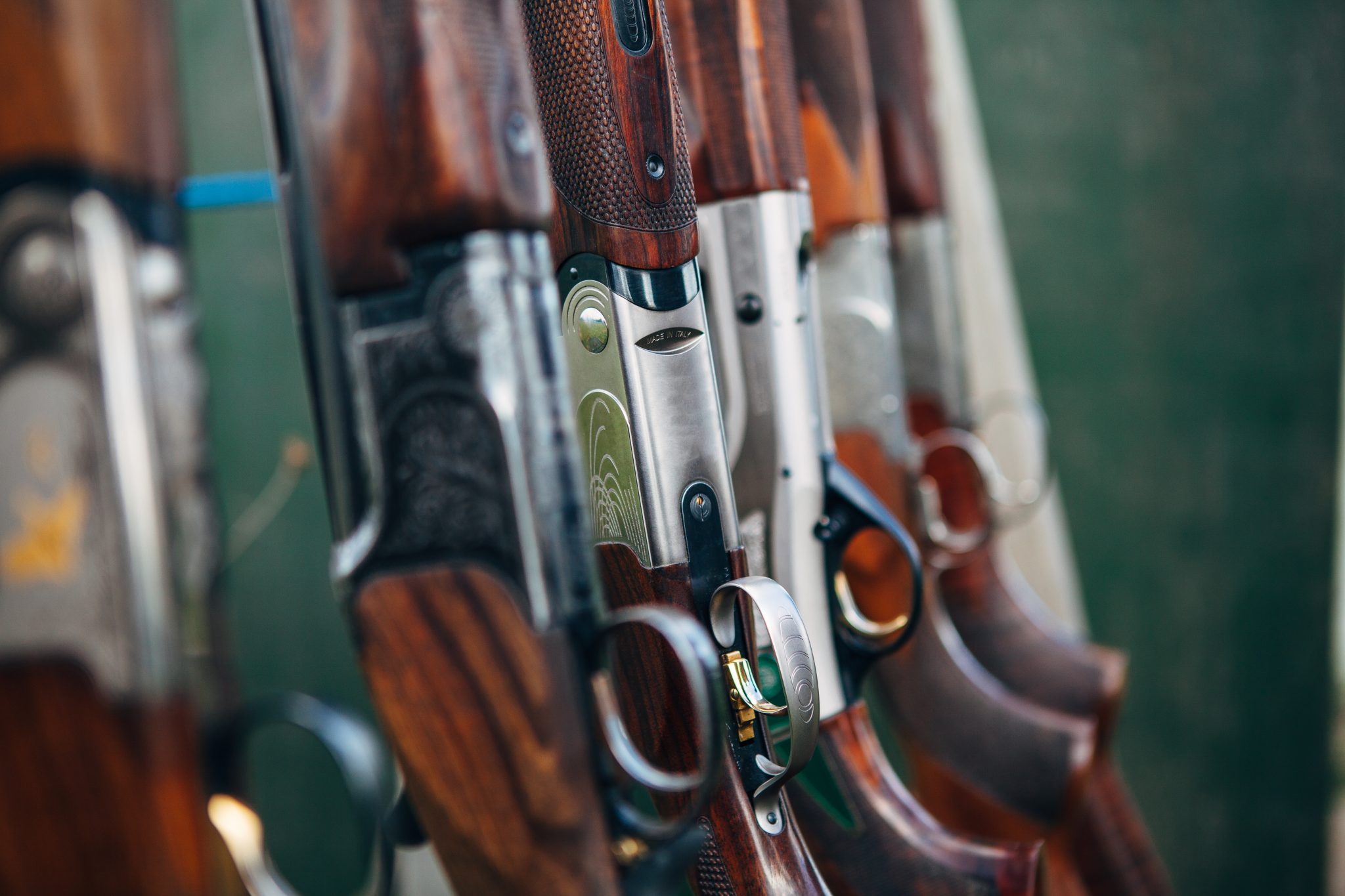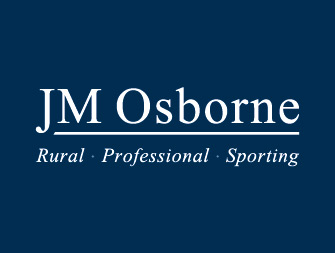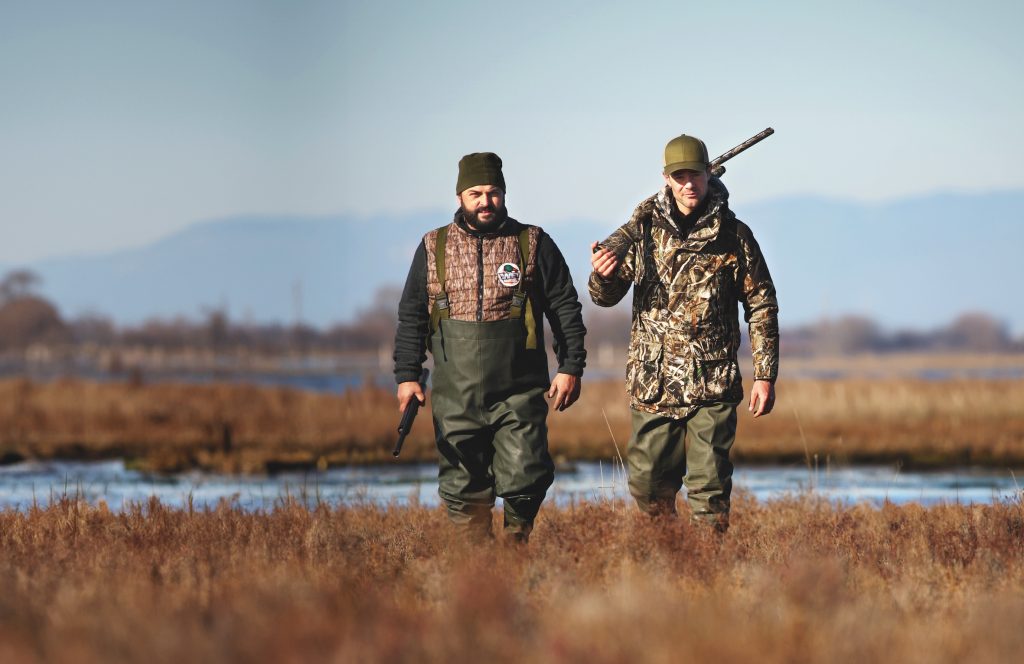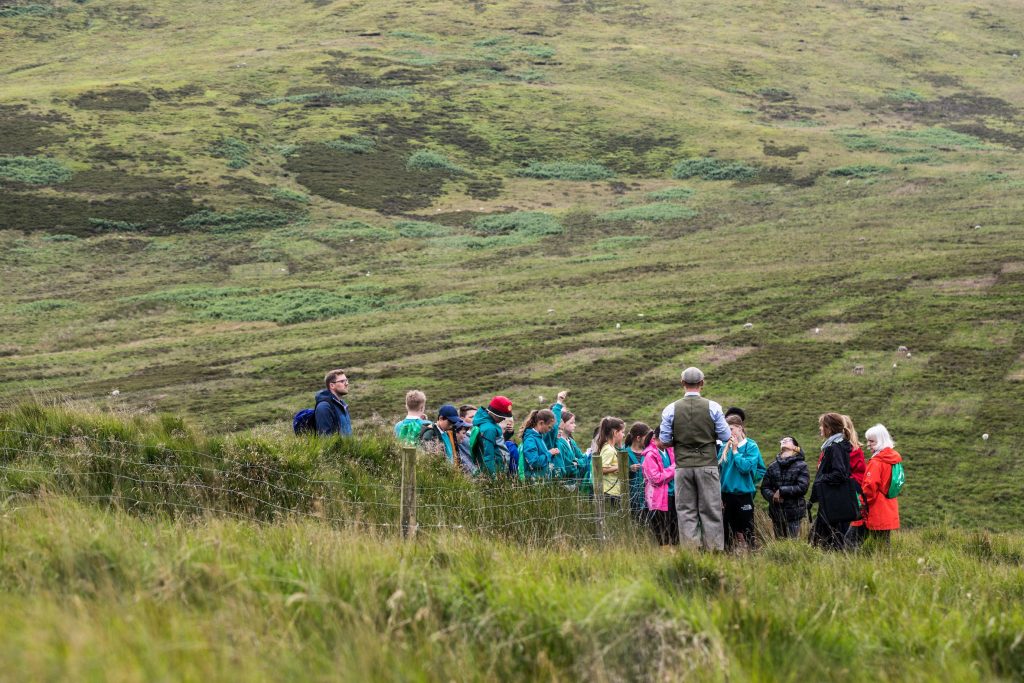Win CENS ProFlex DX5 earplugs worth £1,149 – enter here
How to prepare for the new season
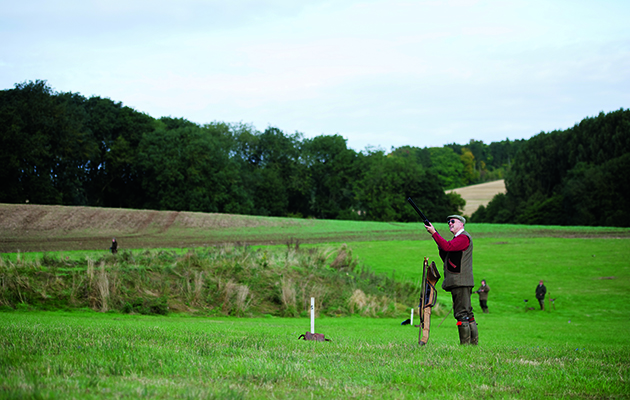 Richard Gray, Worlaby Estate
Richard Gray, Worlaby Estate
If you haven’t already been busy shooting grouse and still need to get prepared for the forthcoming 2016/17 season, now is the perfect time to do it. What follows is my “hit list” of what to make sure you have covered before you head into battle.
Lessons and practice
This is the time to iron out any technical queries or issues that may have occurred last season. The key with any practice is to shoot good, simulated birds. If you are practising to shoot pheasant or partridge, clays presented off a tower provide a good, correct speed and realistic angles. If you are heading to a clay ground to practice, the last thing you want to do as a game Shot is to shoot at driven birds, for example, that o er an unrealistic shot. This could do more harm than good in the long run.
For your practice or lessons, find yourself an experienced gameshooting instructor who will work with you to help develop your shooting and iron out any issues from the previous season. It is very easy and tempting to stay within a comfort zone and simply plod along, but if you really want to develop your shooting you need to work at it with a reputable instructor. As with any gameshooting, look at your shooting diary and make your practice species-specific.
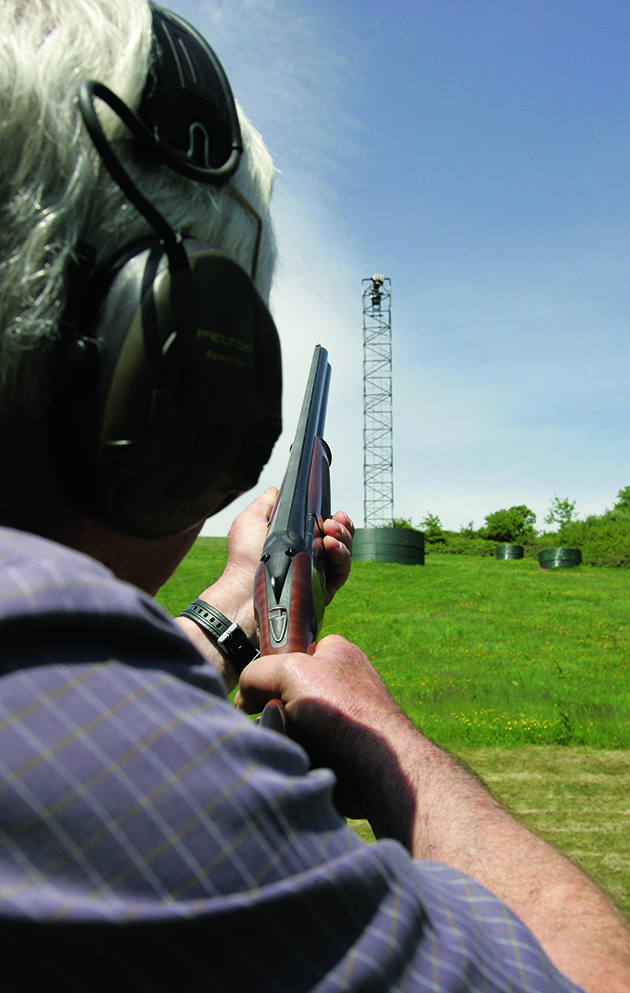
Clays off a tower will offer good, realistic shots if you are practising to shoot pheasant or partridge
Shooting technique
- Zone in on any difficulties that you had last season but don’t go overboard and pull yourself apart or you run the risk of causing more problems, confusion and a knock in confidence.
- If you are with an instructor who knows what they are doing, they should only focus on one or two things with you to help you improve. Only when you are happy that you have these firmly under your belt should you then move forward.
- None of us are robots and you do need to be realistic about what you will be able to achieve. In many cases you will only be able to rectify one or two things at a time, so accept this.
Basics to focus on
- Good gun mount You are looking for a slow, smooth and controlled gun mount, making sure that you make a solid connection with muzzle to bird.
- Footwork This is a major part of shooting well. Focus on a good stance first as this is the building block to any shot if you feel your footwork has been letting you down. Once you have established a good stance you can start to build good, consistent footwork again. Don’t move and mount at the same time or you will end up in a mess.
- Consistent structure Develop and practise a consistent structure to the way you prepare before your shot and how you set yourself up for your birds. A golfer doesn’t suddenly change his or her swing half-way through a round, and nor should you change the way you shoot on a day. But this is a very common mistake and one of the major causes of people getting into bad habits.
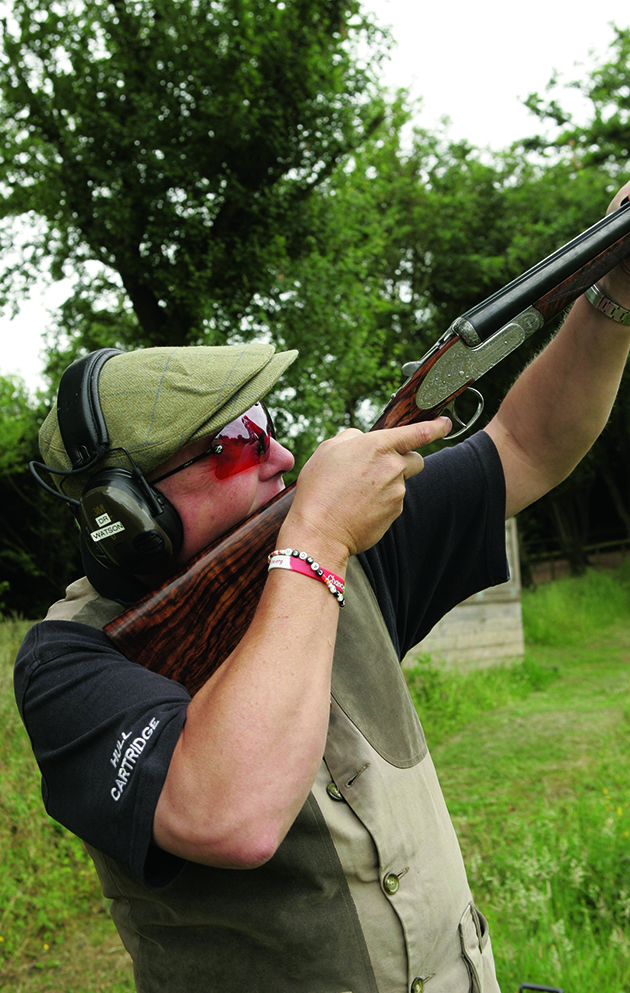
A consistent approach to how you set up for every shot is a key factor in always shooting well
Gun fit check
Shooting as a sport is becoming ever more professional. As techniques and guns are finely tuned for the benefit of the shooter, gun fit has come to the forefront in helping shooters find that extra bit of consistency. However, gun fit will only help if you can mount the gun consistently and with sound technique.
If you have any doubt in your mind about whether your gun fits you well, then go to a professional gameshooting instructor or gunfitter and have it looked at. And if you are thinking of buying a new gun at a game fair, for example, then go armed with your measurements and professional advice on what suits you best. This will give you a clear idea of what you are looking for and will reduce the risk of coming home with the wrong piece of kit. Buying a gun that is as close to your measurements as possible and that has all the specifications that you are looking for will only benefit you in the long run, both financially and in terms of your performance in the field.
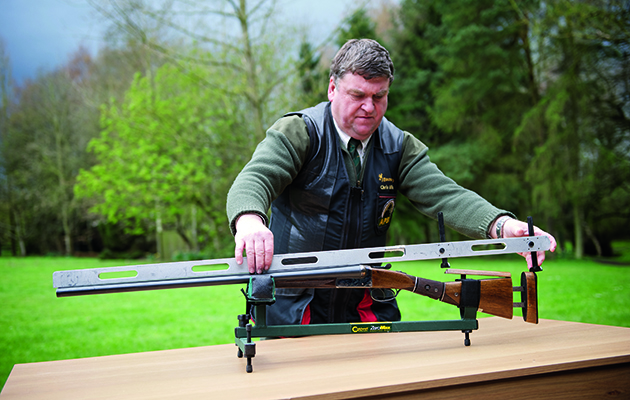
When combined with good footwork and mount, gun fit can help give you the edge in your shooting
Gun service
If you haven’t done so already, make it a priority to take your gun to a gunsmith to get it serviced. Even just having it looked over could save you feeling very disappointed if it develops a fault or packs up when you least want it to. Doing this now, rather than waiting until the season is well under way, will give a gunsmith more time to get your gun back to you, conditioned and ready for action. Gunsmiths become busy later in the year and waiting times will be greater then.
If you also need to have your gun fitted, then servicing and any measurements you may need taking can all be done in one outing. Either way, do it now as things can all too easily be left until the last minute.
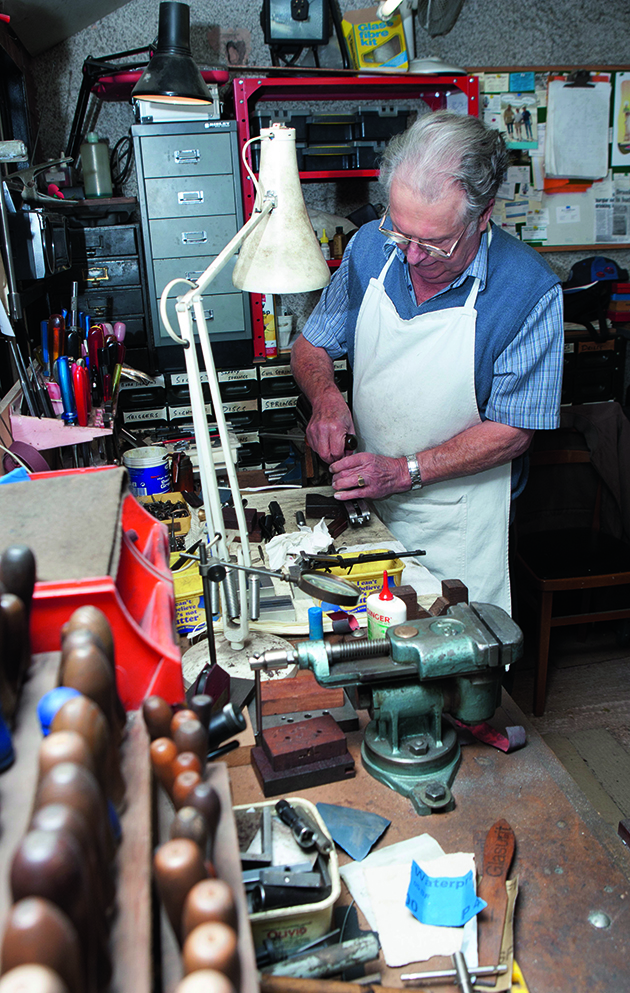
For true peace of mind have you gun serviced, or at least looked over, by a professional now, not later
Cartridges
Cartridge manufacturers now pull out all the stops to develop increasingly better-performance cartridges. In my view, too many people do not put enough thought into picking a cartridge that suits them and their gun and often take the attitude that “if you put the gun in the right place, you will kill the bird”, which is, frankly, naive.
Cartridge companies invest huge amounts of money in researching better-performing cartridges, so take advantage of this. If you find a brand now that you like, stick with it and practise with it. You must feel confident in the cartridges you use and you must feel comfortable shooting them.
If you practise on clays as the season draws closer, up the size of cartridge. So, for example, if you are practising with a 24g load start thinking of going to a 28g load or as close to the preferred size of load that you choose to shoot during the season. This will help you adjust quickly and confidently.
Plan what you need and, if you have the space, buy what you think you will require for the whole season. Most gunshops and cartridge manufacturers will reduce the cost if you buy in bulk.
Think about where and when you are going and buy your cartridges accordingly. If you do purchase your cartridges for the season in bulk make sure that you have somewhere suitable to store them. Each different cartridge company may have different optimum conditions for storage. Your chosen manufacturer will be able to advise on best storage practice.
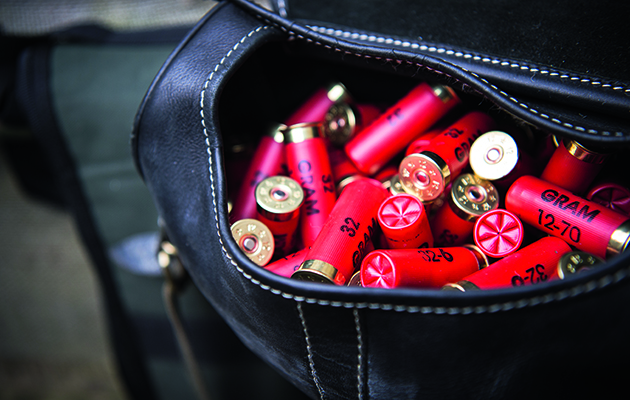
If you can, buying your cartridges in bulk at the start of the season will save money as time goes on
Clothing
As with cartridges, clothing has really moved forward with regards the materials used and technical performance. Gone are the days of that cold, battered wax jacket with the manoeuvrability of a cardboard box or the big tweed jacket whose only real place is at a point-to-point. Shooting apparel, like any sportswear, has modernised and developed. Movement is so important in shooting and anything that affects that movement will seriously affect your shooting.
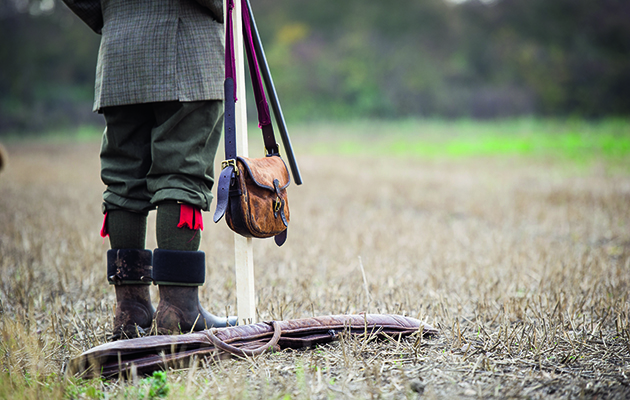
What you wear will depend on where you shoot, but it is worth buying the best you can afford
Boots
Footwear is very important but often overlooked. Make sure you have the right footwear for the conditions you are shooting in and spend as much on it as you can afford.
Cartridge bags and slips
If your cartridge bags and gunslips have been sitting around since last season, now is the time to get them out and give them a clean. Use saddle soap to bring leather back to life and check all zips and buckles are in good order, especially on gunslips. Slips are designed to protect your gun so make sure they can do their job well.
Preparing for the new season: Tom’s Top Tips
- If you have any suspicions that your gun doesn’t fit, arrange to have a gun fit with a professional. And if you are thinking about buying a new gun for the season, go forearmed with your measurements and specifications.
- Don’t hang around until the last minute to get your gun serviced — do it now, even if it’s just a quick once-over so that your mind is put at rest for the start of the season.
- Pick a good cartridge that suits you and your gun. As the season gets closer, practise with as close a load as you will be hoping to use in the field. This will help your body condition itself in readiness. If you are able to store them correctly, work out how many cartridges you will need for the season and purchase accordingly. This will work out cheaper in the long run and save you panicking if you forget to buy extra supplies later.
- Think about your clothing and footwear. Wearing the correct and good-quality clothing and boots will only benefit your shooting and is always a good investment.
- Check your cartridge bags and gunslips and make sure they are in good working order.
- Now is the time to practise and iron out any problems with your shooting technique. An experienced gameshooting instructor can work with you on this to get you ready.
Related Articles
Get the latest news delivered direct to your door
Subscribe to Shooting Times & Country
Discover the ultimate companion for field sports enthusiasts with Shooting Times & Country Magazine, the UK’s leading weekly publication that has been at the forefront of shooting culture since 1882. Subscribers gain access to expert tips, comprehensive gear reviews, seasonal advice and a vibrant community of like-minded shooters.
Save on shop price when you subscribe with weekly issues featuring in-depth articles on gundog training, exclusive member offers and access to the digital back issue library. A Shooting Times & Country subscription is more than a magazine, don’t just read about the countryside; immerse yourself in its most authoritative and engaging publication.



